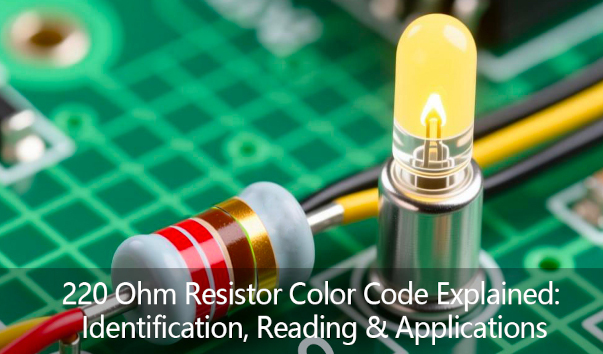Arduino Hands-on - Rotary Potentiometer Module
Experiment:Rotary Potentiometer Module
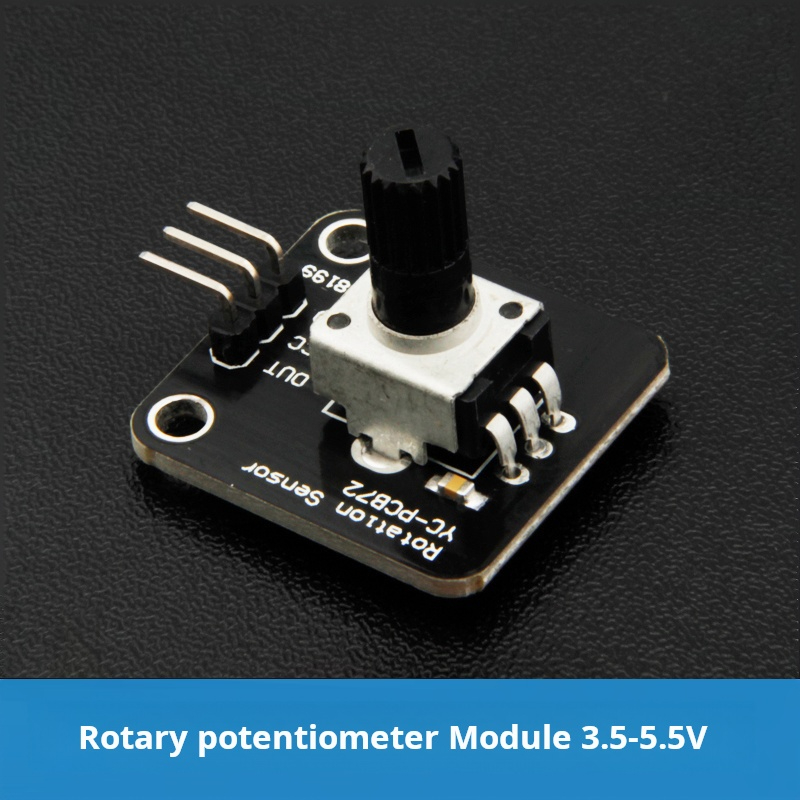
In fact, a potentiometer is a variable resistor. Its role in the circuit is to obtain an output voltage that is in a certain relationship with the input voltage (applied voltage), hence the name potentiometer. It is typically manufactured to maintain its original characteristics regardless of how long it is used. When used as a position sensor, a potentiometer can be a linear or rotary position sensor. The potentiometer outputs a voltage value that is proportional to the position along the slider of the variable resistor. Changes in temperature, wear and dirt between the slider and the variable resistor can cause resistance changes, affecting the accuracy of the potentiometer; thus, potentiometers have low accuracies. However, advancements in materials, especially in conductive plastics, have allowed potentiometers to maintain their original characteristics even after prolonged use, while also improving their performance.

Main Parameters of Potentiometer
The main parameters of a potentiometer include its nominal resistance, rated power, resolution, sliding noise, resistance variation characteristics, wear resistance, zero resistance, and temperature coefficient.
Nominal Resistance and Rated Power of Potentiometer
The resistance value marked on the potentiometer is called the nominal resistance.
The rated power of a potentiometer refers to the specified conditions in a DC or AC circuit at an atmospheric pressure of 87~107kPa and at the designated temperature.
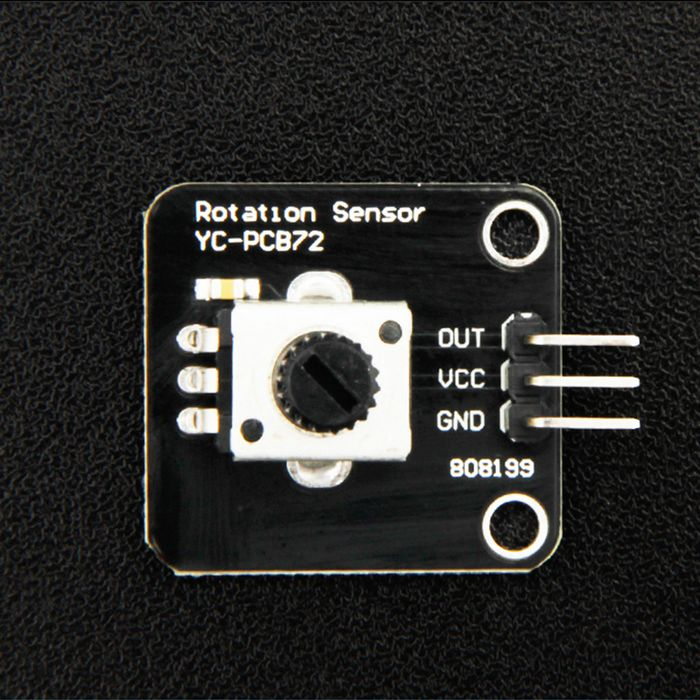
Simulated circuit diagram
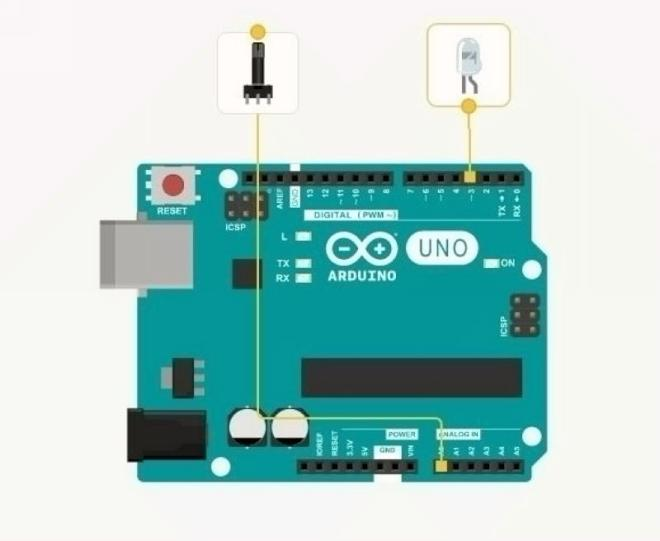
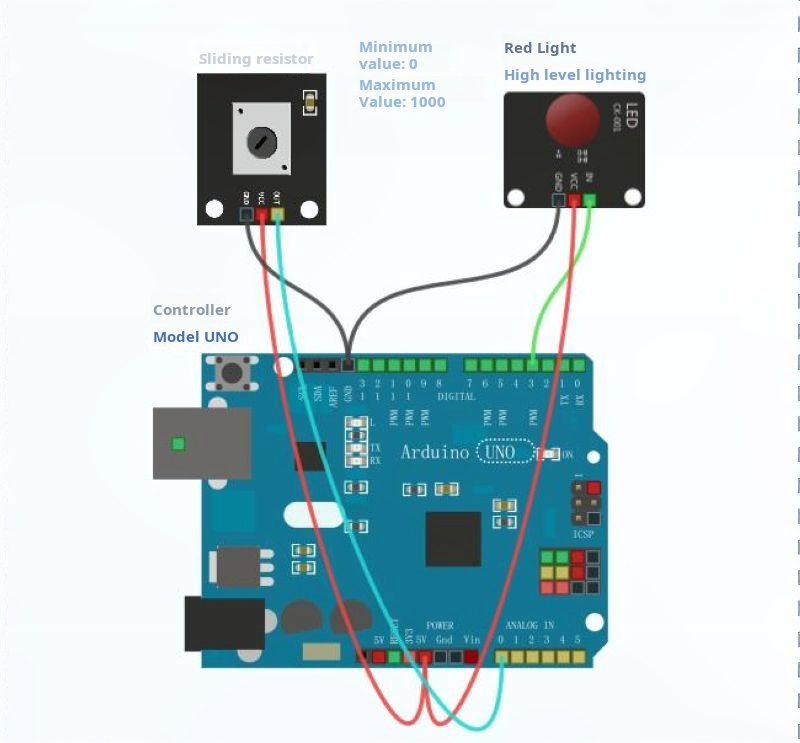
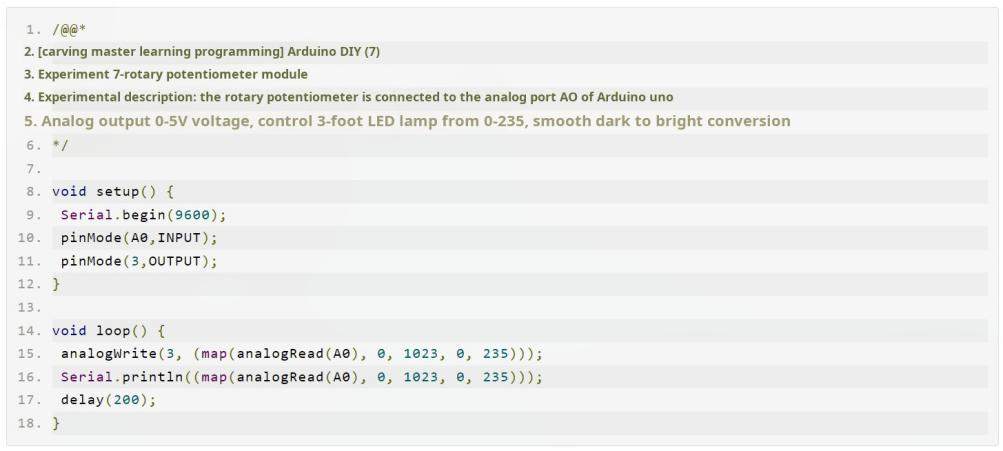
Graphic programming as shown.
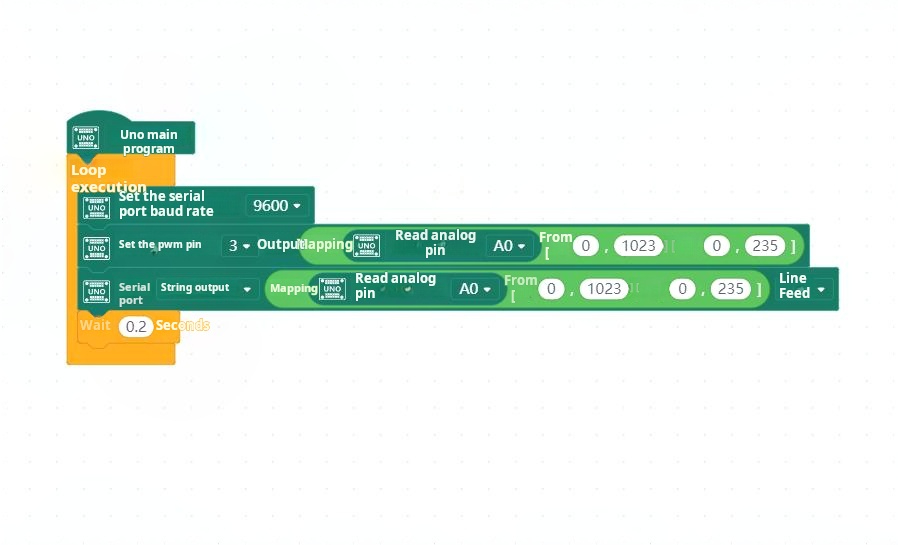
Experimental data received from the serial port.
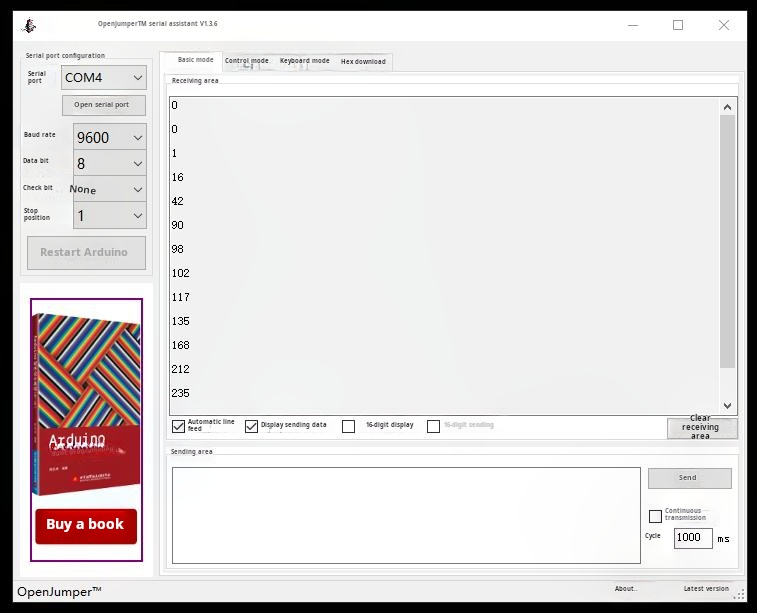
Visualization-driven simulation programming.






